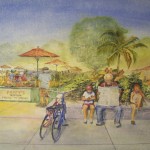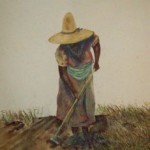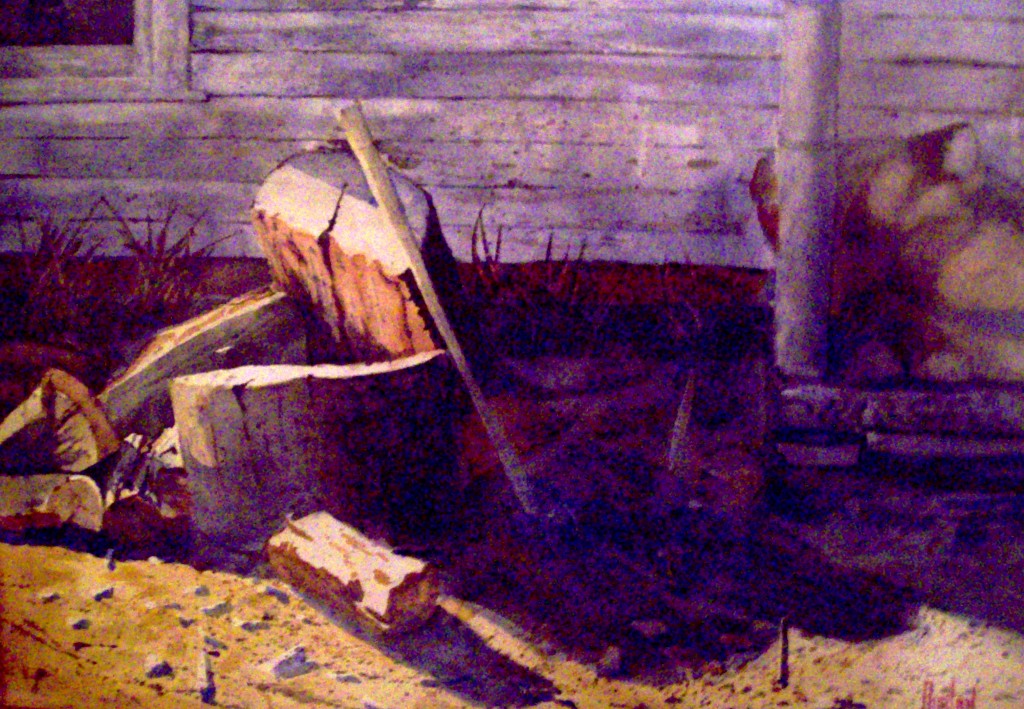
If you are fascinated with watercolor you can make fascinating watercolor paintings ~ Lara Engle
There are dozens of fascinating watercolor techniques an artist can master to produce some wonderful paintings. Perhaps, this is the main motivation first attracting them to the medium. Once learned, the use of techniques can be fun. However, it’s imperative the use is not abused. Most important, don’t forget the purpose behind them — to capture an impression. Fall not to the weakness of over using your newest mastered technique on your latest painting. I’ve done this, and it can turn a possibly good painting into a minor work.
When I talk about techniques, I speak of different ways of getting paint on paper, and ways of getting paint off of paper in a manner that will enhance the painting. However, no matter the method, it is up to each individual artist to practice the many different procedures of mastering their favorite technique. In other words, you the artist own the techniques that works for you.
Tip: Let one technique be dominate, and accent it with just a few others.
Using tools such as spray bottles, sponges, salt, splatter, sand, sand paper, gauze, templates, tissues, liquid mask, razor blades, cotton tips, and on and on, can be exciting, but learning to use all the brushes in your artist’s kit properly should be the first thing an artist can do to master technique. An artist can create more exciting images with brushes than almost any other tool in his kit.
If you did not have the opportunity of having a formal education in art, then you need to get your education on your own. Many of us were born with raw talent, but we were not born with technique and practice. Therefore, if we wish to compete artistically, we must get our education on our own. Fortunately, there are books, DVD’s, and download training where we can go to get some of the education needed to master our craft. There are two books about watercolor techniques that I highly recommend for the wannabe watercolor artists.
Recommended reading:
Tom Lynch: Tom Lynch’s Watercolor Secrets
Nita Engle: How to Make a Watercolor Paint Itself

